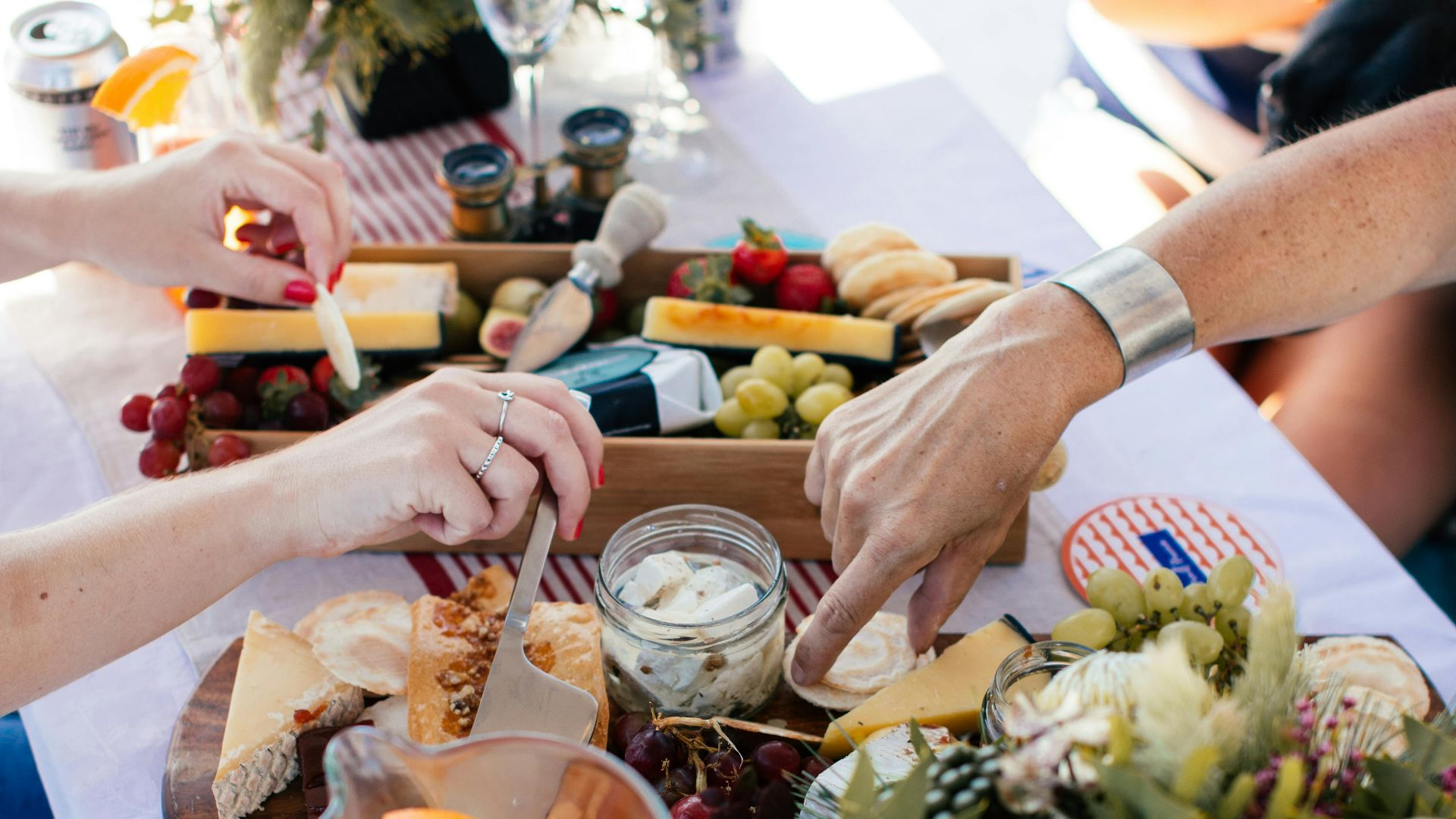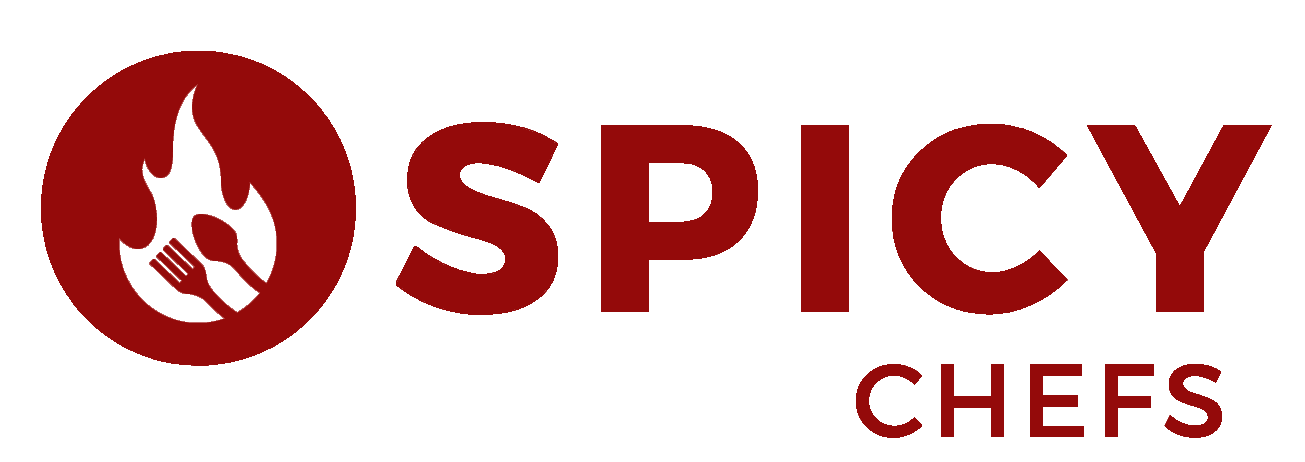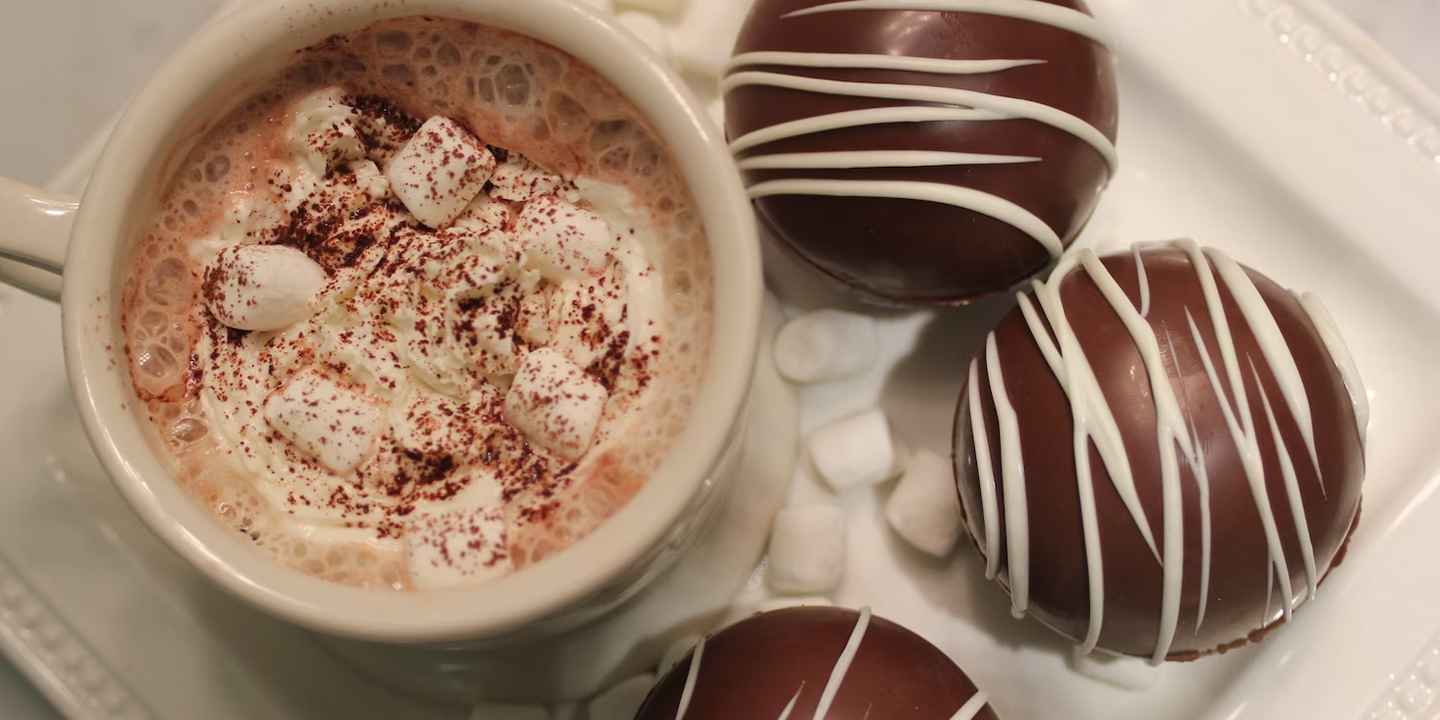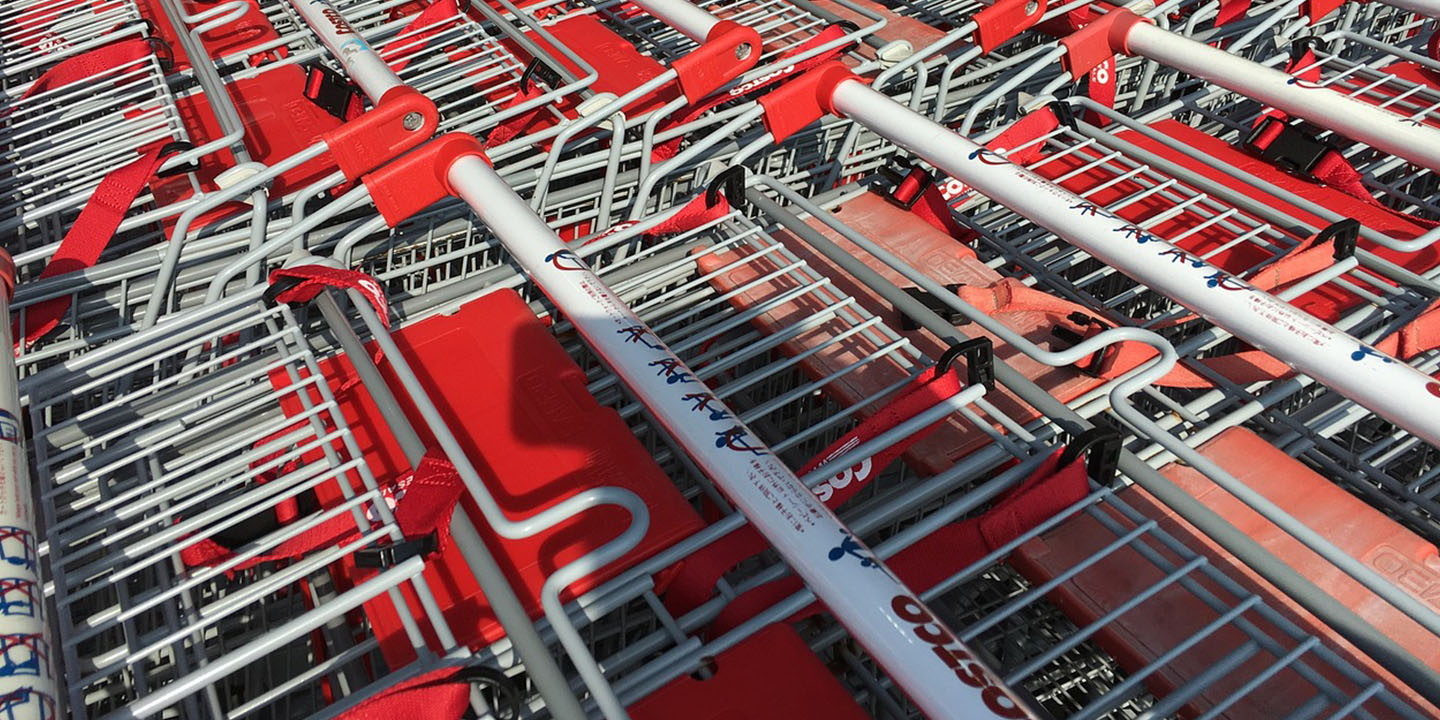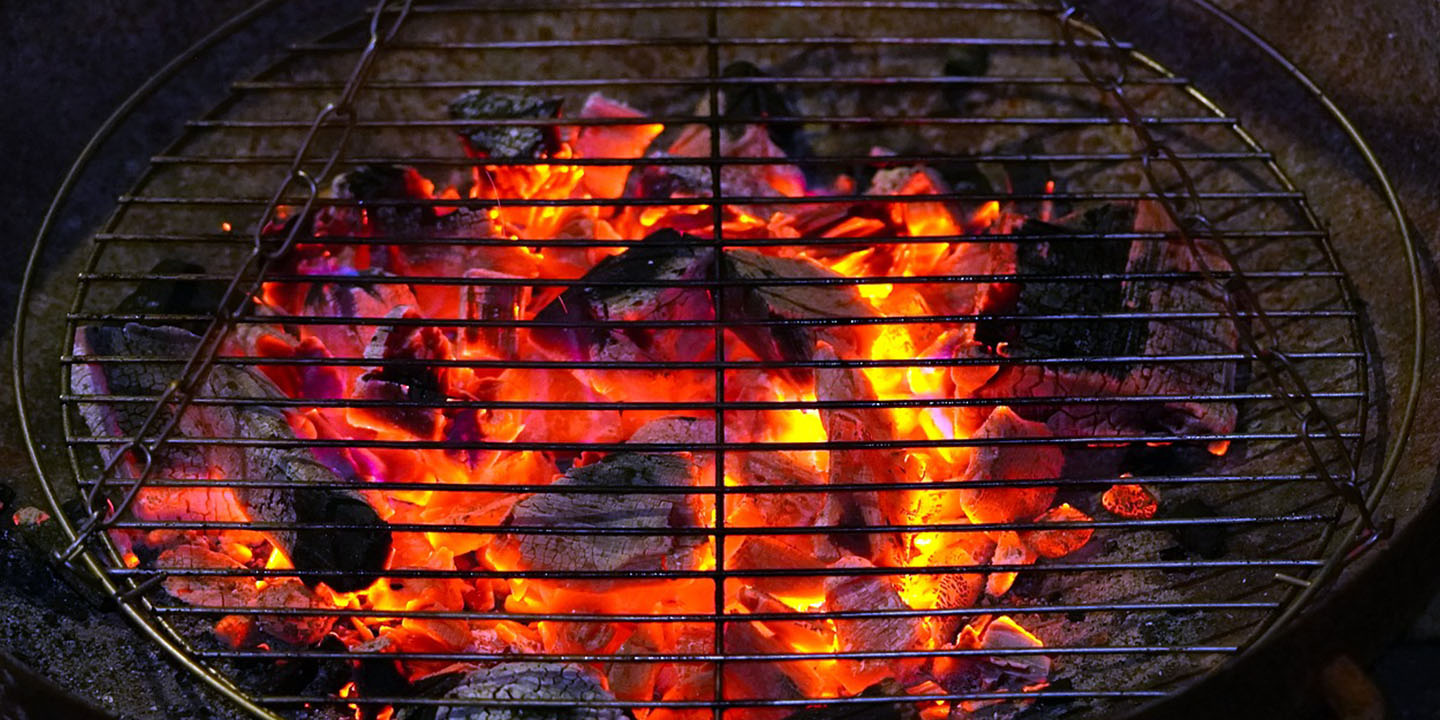10 Everyday Foods High In Sodium To Avoid & 10 For A Low-Sodium Diet
Your Taste Buds Have Been Tricked
Salt quietly rules most kitchens, slipping into meals in ways few notice. It hides behind convenience, flavor, and habit—showing up in everyday foods that seem completely innocent. Before long, it shapes taste preferences and health without much thought. And most of us never realize how dependent we’ve become on it until the numbers start to matter. So, first, let’s take a look at ten everyday foods that pack in far more sodium than you’d expect.
1. Canned Soup
What seems like an innocent bowl of canned soup often becomes a double serving, unknowingly flooding your body with sodium. That’s because manufacturers add large amounts of salt to enhance flavor and extend shelf life. Even one serving can increase blood pressure and put heart health at risk.
 Foto: Jonn Leffmann on Wikimedia
Foto: Jonn Leffmann on Wikimedia
2. Deli Meats
Behind the convenience of deli meats lurks a serious health risk: these processed sandwich staples pack a dangerous sodium punch through added salt and preservatives. As a major contributor to high blood pressure, those seemingly innocent turkey, ham, and salami slices silently impact everyday lunches.
3. Instant Noodles
The high sodium concentration in instant noodles' seasoning packets presents a significant dietary concern, particularly given their widespread consumption among students and busy professionals. While manufacturers offer reduced-sodium alternatives, these products still exceed typical sodium thresholds.
4. Salted Snack Chips
Salted snack chips deliver flavor through heavy sodium seasoning that quickly adds up. Flavored versions contain even higher amounts, turning casual snacking into a hidden source of excess salt. Frequent consumption can raise blood pressure and increase long-term risks to cardiovascular health.
 Natan Machado Fotografia Gastronomica on Pexels
Natan Machado Fotografia Gastronomica on Pexels
5. Pickled Vegetables
Health experts warn that pickled vegetables pose a hidden sodium risk that many consumers overlook. These brine-preserved foods, commonly served as sides and condiments, are consistently high in sodium regardless of added flavors, which makes them significant contributors to excessive salt intake.
6. Processed Cheese Slices
Our fast-paced lifestyle has made processed cheese slices a go-to convenience for sandwiches and burgers. However, each slice packs a whopping 21% of daily sodium needs, making mindful consumption essential to avoid exceeding recommended salt limits.
7. Soy Sauce
While soy sauce has earned its place as an irreplaceable cornerstone of Asian cuisine worldwide, this beloved fermented soybean condiment presents a dietary dilemma. Its intense flavor-enhancing power comes at a steep sodium cost, with modest amounts significantly impacting salt intake.
8. Breads And Rolls
Breads and rolls seem harmless, yet their sodium content quietly builds throughout the day. A single slice may not appear excessive, but repeated servings at every meal quickly add up. Both white and whole-grain varieties contribute, making these everyday foods surprisingly high in sodium overall.
9. Pretzels
Pretzels hide their salty secret behind a satisfying crunch. Unsalted versions still contain measurable sodium, and salted varieties deliver far more in just a few bites. Plus, their irresistible texture encourages frequent snacking, quietly pushing sodium intake beyond healthy daily limits.
10. Frozen Pizza
The convenience of frozen pizza comes with a hidden cost—sodium overload. Layers of cheese, rich tomato sauce, and salty meats combine to create a meal high in sodium. Frequent indulgence can steadily raise blood pressure and increase the risk of long-term heart complications.
Now, here are ten low-sodium picks that prove healthy eating can still taste amazing.
1. Apples
At first glance, these vibrant fruits seem deceptively ordinary, yet a deeper look reveals their hidden nutritional power. The crisp flesh offers vitamin C and dietary fiber, but the peel holds the real magic—a rich source of antioxidants and extra fiber that makes these naturally sodium-free treats ideal for healthy eating.
2. Brown Rice
Unlike its processed white counterpart, brown rice keeps its natural bran and germ layers fully intact during milling. This preservation of the grain's original state means you get more than just a naturally sodium-free food. Plus, those untouched outer layers pack in extra fiber and essential nutrients with every serving.
3. Raw Carrots
Before the well-known orange carrot became a staple, these versatile roots thrived in vibrant shades of purple and yellow. The orange variety, refined through generations of cultivation, carries a strong nutritional legacy—packed with beta-carotene that promotes vitamin A production, all while being naturally low in sodium.
4. Dry Oats
In an age where excess sodium lurks in nearly every packaged food, finding naturally low-sodium alternatives can be challenging. Enter plain dry oats, a wholesome grain containing just 2mg of sodium per half-cup serving, or 2mg per 100g.
5. Fresh Broccoli
Originating in Italian gardens where “broccolo” once referred to its flowering cabbage crown, this green powerhouse has since earned a global fan base alongside relatives like kale and Brussels sprouts. Its popularity owes much to its naturally low sodium content and its generous supply of fiber, vitamin C, and vitamin K.
6. Eggs
Nature's engineering shines brilliantly in the humble egg, where millions of years of evolution crafted a sophisticated protein matrix containing all nine essential amino acids. This biological masterpiece also houses precious vitamin D while maintaining an efficient sodium profile.
7. Plain Greek Yogurt
Unlike regular yogurt with its lighter texture, Greek yogurt features a luxuriously thick consistency created through meticulous straining that removes excess whey. This process concentrates protein and reduces sugar, resulting in a rich, creamy product that easily replaces sour cream and remains naturally low in sodium.
8. Cucumber
Botanically, a fruit rather than a vegetable, the cucumber brings intriguing nutritional benefits. Composed mostly of water, it delivers exceptional hydration with very few calories. Its naturally low sodium levels make it a refreshing, heart-friendly choice that perfectly complements balanced, health-conscious meals.
9. Dry Lentils
In an era where excess sodium and inadequate protein plague modern diets, dry lentils emerge as a perfect solution. These naturally low-sodium legumes pack a powerful protein and fiber punch, with green, brown, red, and black varieties offering delicious options.
10. Sweet Potatoes
While regular potatoes may be a pantry staple, their sweeter namesake offers a remarkable nutritional upgrade. As a proud member of the morning glory family, the sweet potato delivers an abundance of beta-carotene, fiber, and vitamin A. Even better—its leaves are entirely edible and nutritious.
KEEP ON READING
